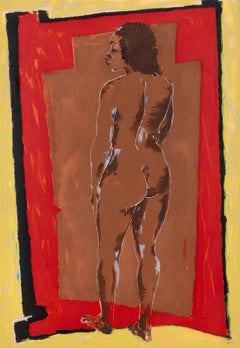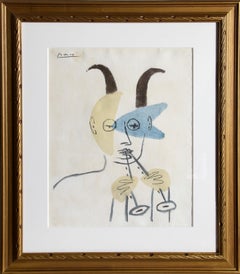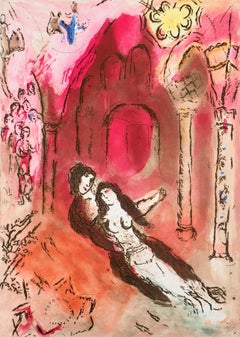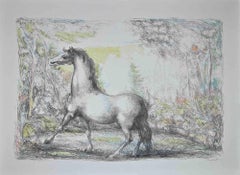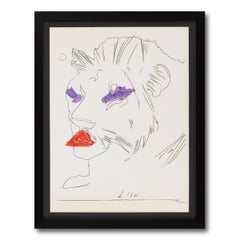Modern Art Figurative Prints
1990s Expressionist Figurative Prints
Screen
1950s Modern Figurative Prints
Stencil
1960s Modern Landscape Prints
Etching
1970s Contemporary Animal Prints
Lithograph
Late 20th Century American Modern Figurative Prints
Screen
20th Century Pop Art Figurative Prints
Offset
20th Century Modern Figurative Prints
Lithograph
1950s Modern Landscape Prints
Lithograph
2010s Pop Art Figurative Prints
Lithograph, Offset
1970s Surrealist Figurative Prints
Color Pencil, Aquatint
1990s Modern Figurative Prints
Paper, Archival Ink
1950s Modern Figurative Prints
Linocut
1980s Pop Art Figurative Prints
Screen
1950s Expressionist Landscape Prints
Lithograph
1990s Expressionist Figurative Prints
Screen
1980s Expressionist Figurative Prints
Screen
1960s Modern Figurative Prints
Woodcut
1980s Pop Art Figurative Prints
Lithograph
1970s Surrealist Figurative Prints
Etching
1960s Modern Figurative Prints
Lithograph, Stencil
1970s Modern Figurative Prints
Lithograph
Late 20th Century Expressionist Figurative Prints
Lithograph
1970s Surrealist Figurative Prints
Lithograph
1960s Surrealist Figurative Prints
Lithograph
Late 20th Century Cubist Figurative Prints
Lithograph
Early 2000s Pop Art Figurative Prints
Lithograph
1970s Surrealist Figurative Prints
Lithograph
1960s Fauvist Figurative Prints
Lithograph
20th Century Contemporary Prints and Multiples
Screen
1950s Figurative Prints
Lithograph
20th Century Surrealist Prints and Multiples
Drypoint, Lithograph
1990s Contemporary Figurative Prints
Lithograph
1950s Expressionist Figurative Prints
Lithograph
1960s Post-Impressionist Landscape Prints
Lithograph
1980s Art Deco Figurative Prints
Screen
Early 2000s Pop Art Figurative Prints
Offset
Early 2000s Expressionist Figurative Prints
Screen
1960s Modern Figurative Prints
Lithograph
1980s Modern Figurative Prints
Lithograph
2010s Contemporary Portrait Prints
Paper, Screen
1980s Pop Art Figurative Prints
Lithograph
1930s Modern Figurative Prints
Drypoint, Etching
1970s American Modern Figurative Prints
Screen
1980s Pop Art Figurative Prints
Etching, Aquatint
1970s American Impressionist Figurative Prints
Screen
2010s Expressionist Figurative Prints
Canvas, Giclée
Mid-20th Century Cubist Figurative Prints
Paper, Ink, Etching
20th Century Modern Figurative Prints
Lithograph
1960s Modern Figurative Prints
Lithograph
Early 2000s American Impressionist Figurative Prints
Screen
2010s Contemporary Figurative Prints
Paper
1980s Contemporary Figurative Prints
Screen, Archival Paper
727999
Offset Lithograph by Takashi Murakami
25 9/10 × 38 3/5 in 65.7 × 98 cm
Edition of 300
Published by Kaikai Kiki in 2016
Signed and numbered i...
2010s Figurative Prints
Offset
1920s Modern Landscape Prints
Lithograph
1980s Contemporary Figurative Prints
Offset
1970s Surrealist Figurative Prints
Lithograph
Late 20th Century Impressionist Figurative Prints
Lithograph
1950s Expressionist Figurative Prints
Lithograph
1960s Surrealist Figurative Prints
Lithograph
Late 20th Century Cubist Portrait Prints
Lithograph
